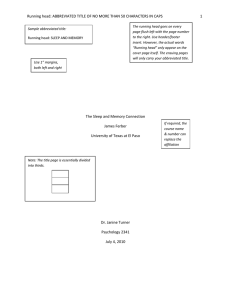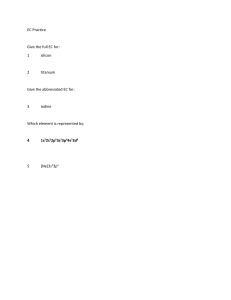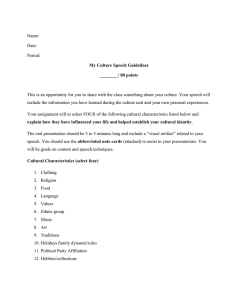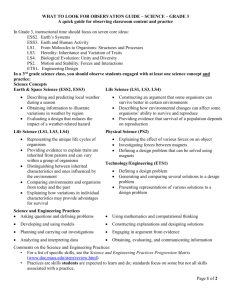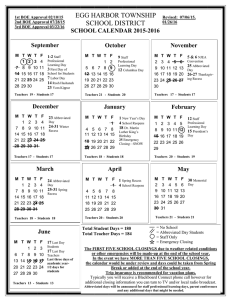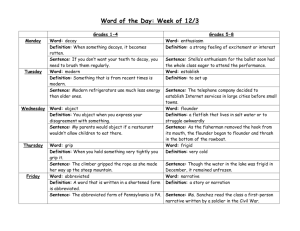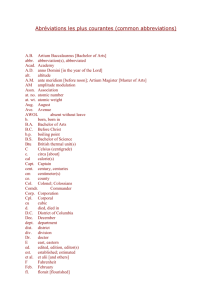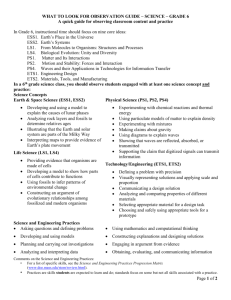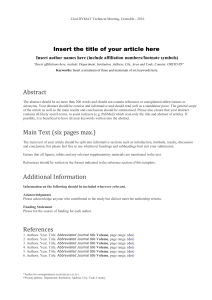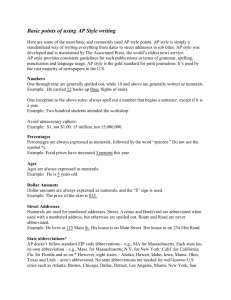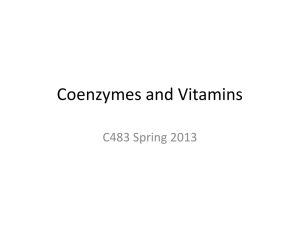Secondary New generation Stds
advertisement
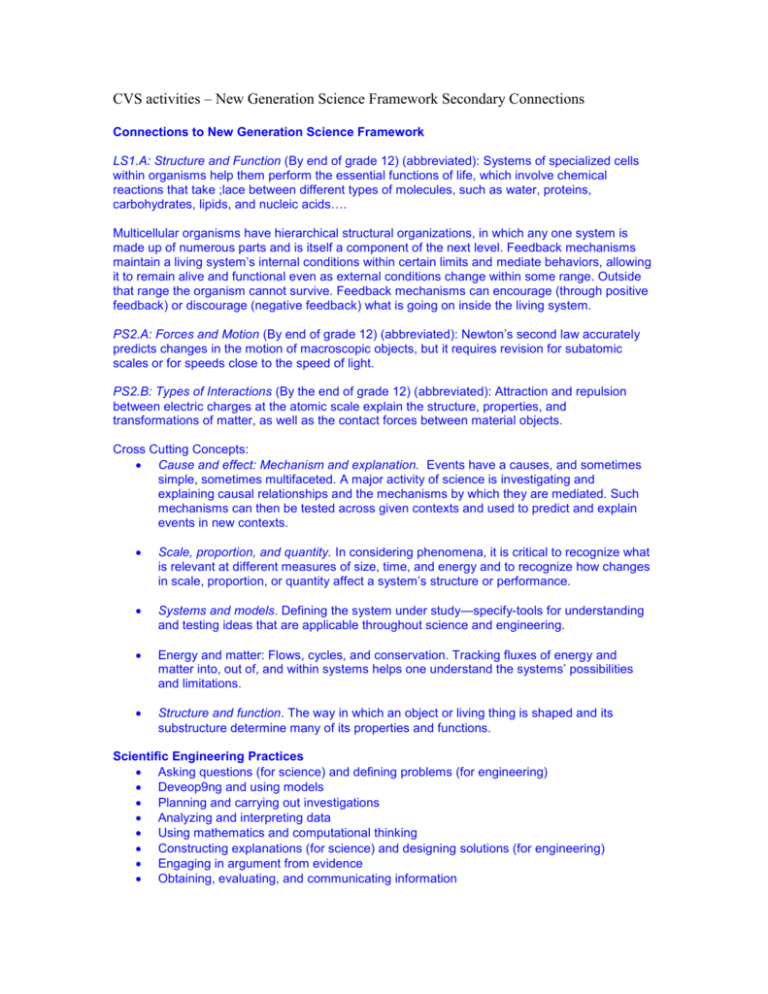
CVS activities – New Generation Science Framework Secondary Connections Connections to New Generation Science Framework LS1.A: Structure and Function (By end of grade 12) (abbreviated): Systems of specialized cells within organisms help them perform the essential functions of life, which involve chemical reactions that take ;lace between different types of molecules, such as water, proteins, carbohydrates, lipids, and nucleic acids…. Multicellular organisms have hierarchical structural organizations, in which any one system is made up of numerous parts and is itself a component of the next level. Feedback mechanisms maintain a living system’s internal conditions within certain limits and mediate behaviors, allowing it to remain alive and functional even as external conditions change within some range. Outside that range the organism cannot survive. Feedback mechanisms can encourage (through positive feedback) or discourage (negative feedback) what is going on inside the living system. PS2.A: Forces and Motion (By end of grade 12) (abbreviated): Newton’s second law accurately predicts changes in the motion of macroscopic objects, but it requires revision for subatomic scales or for speeds close to the speed of light. PS2.B: Types of Interactions (By the end of grade 12) (abbreviated): Attraction and repulsion between electric charges at the atomic scale explain the structure, properties, and transformations of matter, as well as the contact forces between material objects. Cross Cutting Concepts: Cause and effect: Mechanism and explanation. Events have a causes, and sometimes simple, sometimes multifaceted. A major activity of science is investigating and explaining causal relationships and the mechanisms by which they are mediated. Such mechanisms can then be tested across given contexts and used to predict and explain events in new contexts. Scale, proportion, and quantity. In considering phenomena, it is critical to recognize what is relevant at different measures of size, time, and energy and to recognize how changes in scale, proportion, or quantity affect a system’s structure or performance. Systems and models. Defining the system under study—specify-tools for understanding and testing ideas that are applicable throughout science and engineering. Energy and matter: Flows, cycles, and conservation. Tracking fluxes of energy and matter into, out of, and within systems helps one understand the systems’ possibilities and limitations. Structure and function. The way in which an object or living thing is shaped and its substructure determine many of its properties and functions. Scientific Engineering Practices Asking questions (for science) and defining problems (for engineering) Deveop9ng and using models Planning and carrying out investigations Analyzing and interpreting data Using mathematics and computational thinking Constructing explanations (for science) and designing solutions (for engineering) Engaging in argument from evidence Obtaining, evaluating, and communicating information
